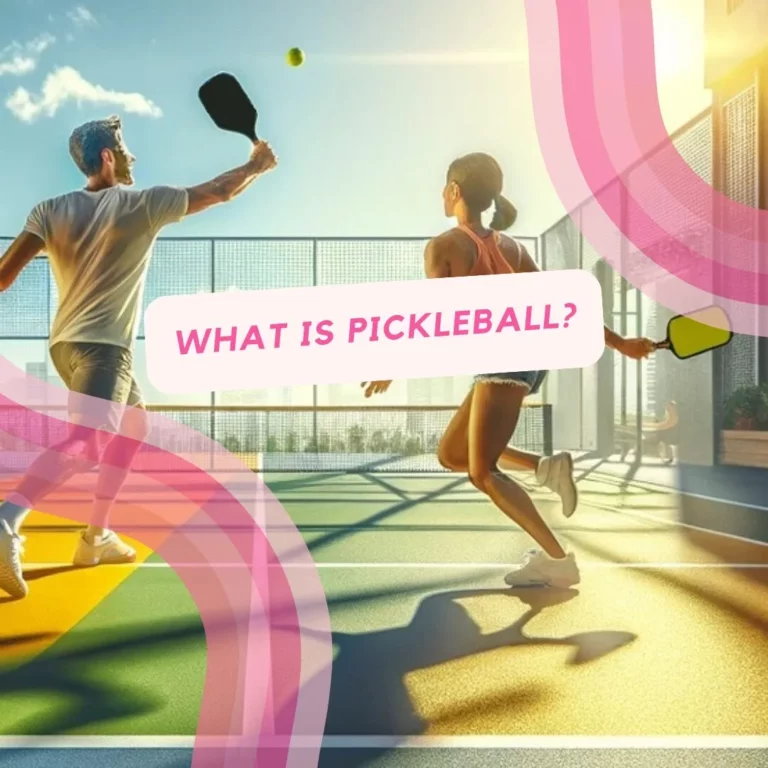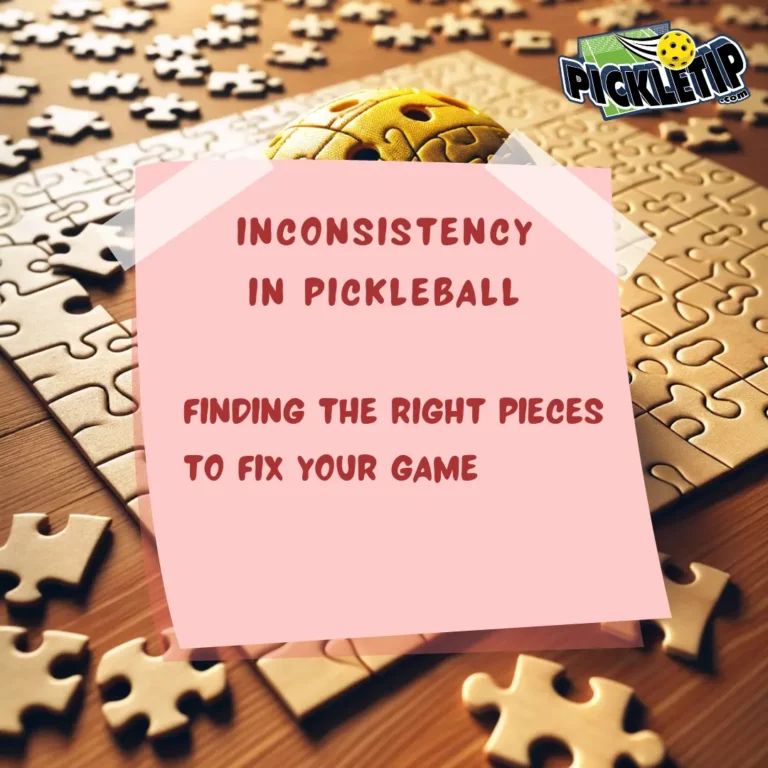Pickleball Injuries
Pickleball Injuries: Understanding and Preventing Common Risks
Pickleball serves up fun and fitness for people of all ages and abilities. Ask a group of players, and they’ll likely recruit you to join! However, it carries risks. Common pickleball injuries include tennis elbow, shoulder strains, and knee issues from repetitive, quick-paced movements. To prevent injuries, players should properly warm up and cool down, focusing on flexibility and muscle relaxation. Additionally, strength training strengthens critical muscles, reducing injury risks. Appropriate footwear is essential for traction and support on varying court surfaces. Proper technique also minimizes bodily strain and enhances performance. By preparing properly and practicing correct form, players can enjoy pickleball while lowering their injury chances.
Why Are Pickleball Injuries on the Rise?
Pickleball injuries are becoming more frequent as the sport’s popularity soars. Let’s explore the reasons behind this trend and how to mitigate risks.
What Are the Most Common Pickleball Injuries?
From pickleball elbow to knee injuries, discover the injuries most players face and how you can avoid them.
- Pickleball Elbow: Similar to tennis elbow, this results from repetitive use of the arm and forearm muscles.
- Shoulder Strain: Frequent overhead shots can strain shoulder muscles and tendons.
- Knee Injuries: Sudden stops and starts often lead to sprains or meniscus tears.
- Ankle Sprains: Quick lateral movements and changes in direction commonly cause ankle sprains.
- Wrist Pain: Continuous wrist use during play can lead to pain or tendinitis.
- Back Strain: Bending and twisting actions may strain the lower back.
- Calf Strains: Intense movement can stretch or tear calf muscles.
Next, here are some preventive tips:
- Warm-Up Properly: Begin with light stretching and gradually increase intensity.
- Use Correct Technique: Learn and practice proper movements to reduce strain.
- Wear Appropriate Footwear: Choose shoes with good support and grip.
- Strengthen Muscles: Regular exercise strengthens muscles and supports joints.
- Rest Adequately: Allow time for muscle recovery between games to prevent overuse injuries.
How Can Stretching and Warm-Ups Prevent Injuries?
Learn why stretching exercises for pickleball are critical for preventing injuries and maintaining performance on the court.
- Increases Flexibility: Regular stretching increases joint and muscle flexibility, reducing the risk of strains and injuries.
- Improves Circulation: Warm-ups boost blood flow to the muscles, ensuring they are well-supplied with oxygen and nutrients.
- Enhances Coordination: Dynamic stretches enhance coordination, crucial for the quick reactions needed in pickleball.
- Reduces Muscle Tension: Stretching helps relax muscles, which can prevent cramping and stiffness during play.
- Prepares Mentally: Engaging in a routine of stretching and warming up also prepares the mind for the game, enhancing focus.
Specific Exercises for Pickleball Players:
- Leg Swings: Stand on one leg and swing the other leg forward and back to loosen the hip joints.
- Arm Circles: Extend arms and rotate in large circles to warm up the shoulders.
- Torso Twists: Gently twist the torso from side to side to increase spinal mobility.
- Side Bends: Reach overhead with one arm and bend to the opposite side to stretch the lateral muscles.
- Jogging or Marching on the Spot: Raises overall body temperature and prepares the muscles for intense activity.
By incorporating these stretches and warm-ups into your pre-game routine, you can significantly reduce your risk of injury and enhance your performance on the pickleball court.
Pickleball Exercises for Seniors
Explore specific exercises that benefit senior pickleball players, enhancing their safety and enjoyment of the game.
- Chair Squats: Strengthens legs and improves balance. Stand in front of a chair and squat until the backside touches the chair, then stand up.
- Wall Push-Ups: Builds upper body strength without strain. Face a wall, place hands on it, and perform push-ups at an angle.
- Toe Stands: Enhances ankle strength and balance. Stand and slowly rise to your toes, hold, then lower back down.
- Seated Leg Lifts: Improves leg strength and flexibility. Sit in a chair, straighten one leg at a time, and hold.
- Neck Stretches: Reduces tension and increases neck mobility. Gently tilt your head towards each shoulder and hold.
- Walking: Maintains cardiovascular health and leg strength. A brisk walk several times a week can be very beneficial.
- Tai Chi: Promotes balance, flexibility, and calm. Many senior centers offer classes suited to beginners.
Incorporating these exercises into a regular routine not only helps senior pickleball players prevent injuries but also enhances their overall physical health and capacity to enjoy the game.
What Are the Health Benefits of Pickleball?
Pickleball offers numerous health benefits, from improving heart health to boosting mental wellness. Find out more about how this sport can be a key part of a healthy lifestyle.
- Enhances Cardiovascular Fitness: Regular play increases heart rate and blood circulation, which is crucial for maintaining heart health and reducing the risk of heart disease.
- Increases Agility and Flexibility: Moving quickly across the court improves agility, while stretching and reaching for shots enhances flexibility.
- Strengthens Muscles: The game involves a lot of quick, repetitive movements which help tone and build muscle strength, particularly in the legs, arms, and core.
- Promotes Weight Management: Playing pickleball burns calories, which can help maintain a healthy weight or contribute to weight loss.
- Improves Reflexes and Coordination: The fast-paced nature of the game sharpens reflexes and enhances hand-eye coordination.
- Boosts Brain Health: The strategic thinking required in the game stimulates neural activity, which can improve brain function and delay cognitive decline.
- Reduces Stress and Anxiety: The social interactions and physical activity involved in pickleball can decrease stress and anxiety levels.
- Improves Balance and Stability: The quick changes in direction required during play help improve balance and stability, reducing the risk of falls.
- Enhances Social Interaction: Pickleball is a social sport that fosters interaction and can help build new friendships, which is important for emotional well-being.
By integrating pickleball into your weekly routine, you can enjoy these health benefits, leading to a more active, fulfilling, and healthy lifestyle.
Common Questions About Pickleball Injuries
Q: What should I do if I experience pickleball wrist pain?
A: Rest, ice, and gentle stretching can help alleviate wrist pain. If symptoms persist, consider consulting a healthcare provider.
Q: How can I prevent pickleball elbow?
A: Frequent breaks, proper stretching, and using equipment suited to your body can help prevent this common injury.
Q: Are there exercises that can strengthen my body for pickleball?
A: Yes, targeted exercises like shoulder stretches and core strengthening can enhance your resilience against pickleball injuries.
Protecting Your Eyes and More
Pickleball eye injuries are rare but can be serious. Always wear appropriate protective gear and stay aware of your surroundings on the court.
With pickleball injuries on the rise, it’s crucial to take proactive steps to ensure safety. By understanding the common risks and implementing preventive measures, players can enjoy the game while minimizing the chance of injury.







